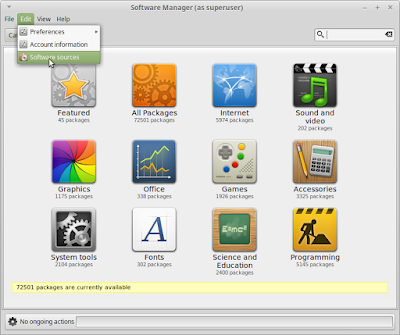Packet Tracer is a cross-platform visual simulation tool designed by Cisco Systems that allows users to create network topologies and imitate modern computer networks. (1)Packet Tracer was previously not available to everyone, but since version seven, has been available to anyone who creates a Network Academy account. (2) The software allows you to create virtual networks without the need of physical hardware. Some of the hardware included are routers, switches, and PC's.
After creating an Network Academy account, you are able to download the software for either 32-bit or 64-bit Linux platforms (Figure 1). Though the site indicates support for Ubuntu 14.04 64-bit, I was able to install on Linux Mint 18.1 64-bit with no issues.
 |
| Figure 1: Linux downloads. |






